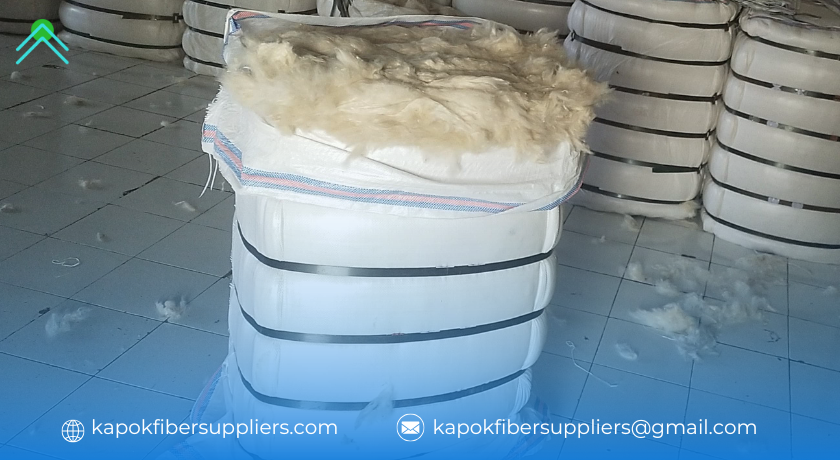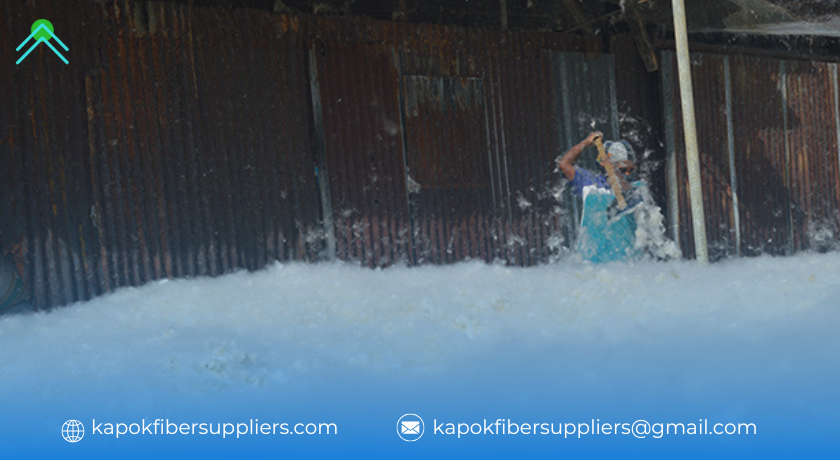
Fibers are no longer just the backbone of textiles—they are transforming industries worldwide. From ultra-lightweight composites in aerospace to biodegradable solutions in packaging, fibers are at the heart of innovation. Let’s explore how modern fibers are driving change in sustainability, performance, and technology.
Understanding the Evolution of Fibers
Over the years, fiber technology has expanded beyond natural and synthetic textiles. Today, we see a growing demand for advanced fiber solutions across multiple sectors. The key fiber categories include:
- Natural Fibers – Traditional materials such as kapok, cotton, and flax, prized for their sustainability and comfort.
- Synthetic Fibers – Man-made fibers like polyester and nylon, valued for their strength and versatility.
- High-Tech Fibers – Innovations such as carbon fiber and aramid, designed for maximum durability and resilience.
- Smart Fibers – Interactive and adaptive materials that react to environmental conditions, like temperature-sensitive and moisture-wicking fibers.
Why Fibers Are the Future of Innovation
New fiber technologies are shaping the way industries approach material science, providing solutions that are:
1. Ultra-Strong and Lightweight
Industries such as aerospace and automotive rely on high-performance fibers to create stronger yet lighter components, improving fuel efficiency and safety.
2. Eco-Friendly and Sustainable
Natural and biodegradable fibers like kapok and bamboo are reducing environmental waste, making them the future of sustainable production.
3. Temperature and Moisture Regulating
Advanced fibers integrated with smart technologies help maintain optimal body temperature, making them ideal for high-performance sportswear and wearable tech.
4. Biodegradable and Renewable
With the global push for greener alternatives, natural and bio-based fibers are replacing synthetic plastics in various industries.
Industries Benefiting from Fiber Innovations
The applications of advanced fibers extend far beyond textiles, influencing sectors such as:
- Aerospace & Defense – High-strength fibers enhance aircraft and military gear.
- Medical & Healthcare – Antibacterial fibers are used in surgical gowns and wound dressings.
- Automotive – Lightweight composite fibers improve vehicle efficiency and durability.
- Fashion & Apparel – Eco-friendly fibers are revolutionizing sustainable clothing production.
- Packaging & Construction – Biodegradable fiber materials are replacing plastic packaging and insulation solutions.
The Future of Fibers: Innovation Meets Sustainability
Fiber research is continuously evolving, paving the way for next-generation materials:
- Bioengineered Fibers – Lab-grown fibers that mimic the strength of spider silk and natural proteins.
- Self-Cleaning and Antimicrobial Fibers – Designed to repel bacteria and maintain hygiene without constant washing.
- Energy-Storing Fibers – Future smart textiles may integrate energy-harvesting capabilities for wearable electronics.
Conclusion: The Next Chapter in Fiber Innovation
Fibers are no longer just a part of fabrics; they are essential to the advancement of multiple industries. Whether through sustainable alternatives, high-performance materials, or smart technology integration, fibers are driving the future of material science.
Are you ready to embrace the fiber revolution?

